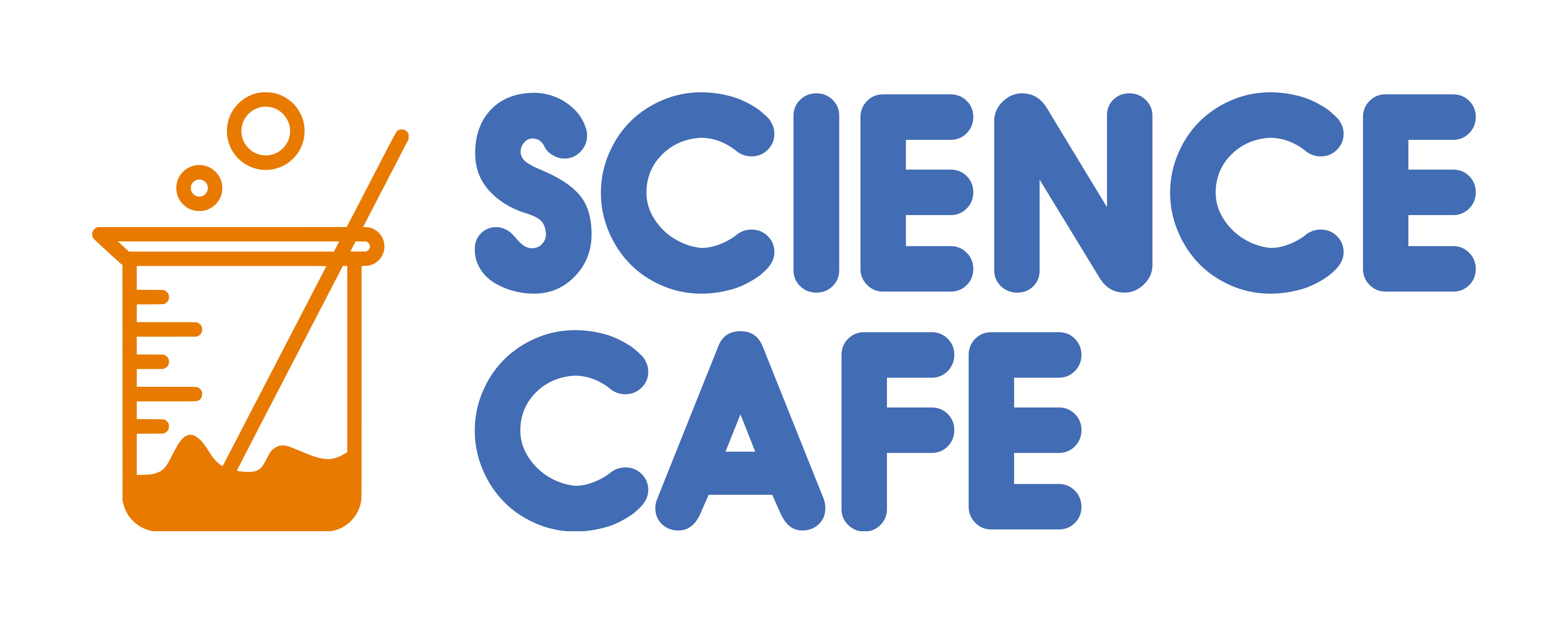Body Doubling Meets Virtual Reality: A New ADHD Coaching Tool
VR body doubling: augmenting accountability and focus for ADHD coaching
Introduction
In ADHD coaching, we often rely on scaffolds—external structures, check-ins, and systems. Yet one of the simplest human strategies is presence — someone working beside you, just there. That’s the essence of the “body doubling” technique. A new study supports this finding: embedding body doubling into virtual reality, with either human or AI “doubles,” and showing measurable gains in sustained attention and task completion. This isn’t science fiction; it’s a new tool in the coaching toolbox.
What the study showed
Researchers built a VR environment where participants carried out construction tasks (bricklaying). They compared three conditions:
Working alone
Working with a human body‑double
Working with an AI body‑double
In both body-double settings, participants completed tasks faster and reported better sustained attention compared to working alone. arXiv Notably, the effects held even when the “double” was AI rather than human. Participants also perceived the presence (whether human or AI) as helpful for focus and accuracy.
Design insights emerged: how presence is signalled, how optional interaction is managed, and how to calibrate social pressure (not too much, not too little). The study provides strong proof of concept: body doubling isn’t just a psychological trick—it can be operationalised in immersive systems.
Why this matters for coaching
Scalable presence
Many clients benefit from simply having someone there. However, coaches can’t always work collaboratively live. VR doubles offer a scalable, low-friction version.Reduced accountability friction
The “presence” doesn’t need to talk, intervene, or judge—instead, it holds space. That may reduce resistance in clients who bristle under oversight.Bridges internal and external scaffolds
It augments intrinsic motivation with an external scaffold, not replaces it. It can be combined with micro‑goals, timers, and check‑ins.Accessibility & experimentation
A virtual environment offers experimental control—test how different modes of presence affect clients, before translating them to real‑world contexts.
Practical considerations & caveats
Comfort & accessibility: VR isn’t universally comfortable or accessible — motion sickness, equipment cost, and orientation are real constraints.
Design sensitivity: If the “double” feels too intrusive, it becomes counterproductive. The study emphasised subtlety.
Generalisation: Translating gains from VR to real-world environments is key. The “scaffold fade” requires supportive transition planning.
Ethical & psychological safety: Clients may feel pressure or surveillance; they must have autonomy to opt in or out.
A fresh take: presence-as-tool, not presence-as-crutch
In many coaching frameworks, accountability is often externalised through calls, check-ins, and reminders. What this VR application suggests is that presence itself can become the intervention. It shifts the locus of scaffolding from verbal prompts to spatial, ambient presence. That subtle shift may reduce resistance, lower friction, and open new pathways for clients to “feel held” in their workspace.
For clients whose executive function feels too weak to sustain solo focus, VR body doubling becomes a bridge —a temporary scaffold that can strengthen their capacity to stay engaged. Over time, the goal can be to taper from presence to internal rhythms—but now with a gentler crutch.
Conclusion & call to application
This study bridges coaching, technology and brain‑friendly design. As coaches or thinkers in the ADHD space, it invites experimentation: piloting presence scaffolds, gathering client feedback, testing hybrid toggles (VR + real life). It doesn’t replace relational coaching—rather, it offers a new medium for resonance. The question I carry forward: how might I design “presence moments” in my coaching that feel alive, not imposed—and what emerges when clients aren’t just reminded, but quietly accompanied.
In our program, we have a built-in virtual tutor to support your child. They can use the Sarah Science bot to body double, set timers, and ask questions to help them deepen their understanding.
Sign up for the 14-day free Trial!



